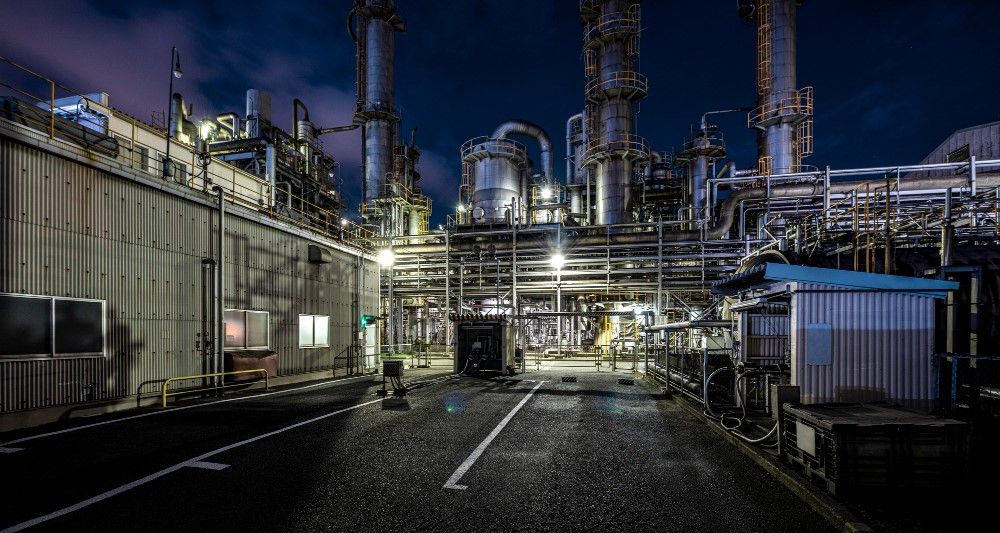The environment for chemical companies is becoming more intense due to sharp price increases and scarcity of raw materials. Alongside this risk, cyber threats and technology changes can cause catastrophic damage to a business, while environmental, social, and governance (ESG) issues, elevated scrutiny from regulators, and eco-friendly demands from consumers are all posing threats to the wider chemical industry.
With geopolitical events continuing to impact efficiency and competitiveness, chemical companies are advised to heed the warnings from these four risks to profitability and business survival.
The Threat from New Technologies.
Following market trends, more and more chemical companies are investing in new technology, yet while this brings benefits it also introduces new risks.
“Aside from efforts to safely capture and store carbon dioxide, chemical companies are looking at ways to convert carbon dioxide into higher value chemical feedstock or at renewable stock, like corn or switchgrass, as sources to offset use of traditional hydrocarbon materials,” explains a chemical industry analysis by experts from the Marsh consultancy.

However, this approach, while helping to meet legislative standards and protect the planet could result in potential negative outcomes. This raises numerous questions, as the Marsh report asks, “Will the new products work the way they are supposed to? Will they produce the same results? Will there be a market for them?” And moreover, “If investments fail, will the companies be at risk of shareholder suits alleging violations of fiduciary duties.”
Legislative Scrutiny.
As investors and authorities increase their scrutiny and communities grow more interested in an organisation’s climate-related risks, businesses in many industries are investing in comprehensive ESG initiatives. The ESG-related projects of chemical businesses are anticipated to be thoroughly examined, and missing deadlines could result in serious problems for a company's reputation, making it difficult to acquire investment or even placing it in danger of regulatory action.
As such, a chemical company’s ESG position is frequently evaluated by insurers, meanwhile that those who can show they are accomplishing their goals are likely to receive preferential treatment. Furthermore, the capacity of a chemical business to exhibit compliance with globally accepted ESG standards can help in discussions with underwriters and may result in additional benefits.
Threats to the Supply Chain.
Through the early months of the COVID-19 epidemic, many chemical businesses showed resilience and managed to continue operations in spite of numerous additional dangers. However, recent geopolitical and economic developments have compounded supply chain issues increasing prices for raw materials, vital machinery, and equipment. Significant delivery delays have also caused businesses to close down operations or miss contractually stipulated delivery deadlines.

Despite these happenings, many chemical companies are still not fully aware of the risks to their supply chains and should refocus their efforts to establish contingency plans. They should get in touch with alternative suppliers and consistently reassess their stock levels.
To manage supply chain challenges, chemical companies should consider more localized or regional sources for essential materials as they could offer much needed stability.
Some chemical businesses have looked for acquisition targets that would enable them to include the manufacturing of raw materials into their own operations as a means of gaining more assurance regarding their supply.
Cyber Threats.
All chemical companies rely heavily on digital technologies to improve efficiency. Sales, purchasing, marketing, quality control, HR, logistics management, administration, and production are all digitally connected – often with highly confidential information.

This has increased manifold with the introduction of Industry 4.0 and big data management. Larger chemical plants even contain digital twins which enable them to do real-time analytics on individual equipment components to better anticipate problems and manage maintenance.
The risk of having this data stolen, ransomed, deleted, or publicly shared is always present, yet few chemical companies adopt significant protection and damage control systems beyond a standard IT presence.
While the advent of AI may improve security controls, it will also heighten the risk as more constant and intelligent attacks are devised and launched.
On a global scale, the existence of states such as China and Russia which have weaker cyber police forces or even have government support for cyber raids and disruption further increase the need for Internet protection.

While this list of risks is not exhaustive, it is important for chemical industry leaders to note these dangers and be ready to react accordingly should something happen – because something always does happen.
An essential part of a chemical company’s reputation lies in its trustworthiness and resilience. Resilience which is borne from its ability to handle challenges as they arise. As such, there is a great need to emphasise strong risk management planning that considers both how to handle specific risks and the possibility of reputational harm.
One can only hope that in the highly competitive and cutthroat business of industrial chemical production and trading that not too many companies will suffer on account of this oversight.
You may alos enjoy: Four Keys Pointers to the Chemical Industry’s Future or How A Sustainable Chemical Industry Requires a Holistic Supply Chain
Photo credit: Rawpixel, Freepik, Frimufilms, Freepik, & chandlervid85